We can’t stop the aging process but we can use products that keep our skin looking great for longer.
I have been using Retinol for quite a while (in combination with other products).
Today let’s answer the question: what is retinol and how can it help your skin. I will also be rounding up the best retinol cream for your skin.
Then we’ll take a look at what the difference is between retinol and AHAs, and which could be best for you.
Using both AHAs and then retinol in your skincare regime may be the best way forward for better looking skin that stay younger for longer. Read on to find out why.
What is retinol?
Firstly, exactly what is retinol?
I’m assuming you’ve heard of it, your friends may have recommended it to you and you’ve probably heard it mentioned on skincare adverts.
But are you sure about what retinol is and what it does?
Patti, pictured above, is a big fan. You can read her beauty interview here.
Over the counter retinol
Retinol is just an alternative name for Vitamin A. It is a retinoid. Retinoids are available commercially in two forms, namely:
(a) powerful, prescription-grade formulas based on Tretinoin (a more powerful form of Vitamin A than Retinol) sold under such names as Retin-A, Tretinoin, Avage, Differin, Tazorac, Retin-A Micro, and Renova, and;
(b) over-the-counter formulas called Retinol that you can buy at the drugstore without a prescription.
Originally developed to fight acne, remove dead skin cells, and clear out pores, scientists soon realized that retinoids were extremely effective at fighting the signs of ageing.
Retinol products: Advantages and disadvantages
Pros
- Retinoids such as Retinol are super effective at reducing lines, smoothing out skin texture, and regularizing skin tone.
- RX-Retinoids (i.e., prescription grade retinoids) have had FDA approval for 40 years now, which means that clinical studies have been carried out that prove that they do reduce wrinkles (no other skincare ingredient can claim this).
- Retinol is a skin-communicating ingredient, i.e., it “tells” skin to make younger, healthier skin cells.
- Retinols fade brown sun and age spots.
Cons
- You need a doctor’s prescription to get a hold of the most powerful forms of retinoids, such as Retin-A, Trentinoin, Tazorac, Retin-A Micro, and Renova.
- Initial use and over-use (more than a pea-sized amount at first) can result in red, itching, flaking skin.
- Retinoids such as Retinol are not suitable for people with sensitive skin or rosacea.
- Retinols must be used in conjunction with sunscreen protection because prolonged retinol use results in a lower UV barrier.
Retinol benefits: How can Retinol help your skin?
Retinol works by promoting rapid skin cell turnover and revealing new skin beneath.
They also thicken the skin over long periods of use and slow the breakdown of collagen in our skin, the protein in our skin responsible for elasticity (and the first thing to break down when ageing).
Thick, unwrinkled skin equals younger-looking skin. The great news is that it’s never too late to start a Retinol regime!
As Dr. Ranella Hirsch, M.D., said in an interview, “We have beautiful, profound data that shows if you use [retinoids] for 20 years, you’re going to look a lot better than someone who doesn’t.”
Retinol for skin
Keep in mind the following:
- Prescription-grade retinoids (Tretinoin) are 100 times more powerful than drugstore Retinol creams – but you need a doctor’s prescription to get them.
- It takes 6-8 weeks to see a difference in your skin using RX-retinoids, and 6-8 months using over-the-counter Retinols – but over time, they have the same effect.
- Seek out the most powerful and pure form of Retinol you can find in your drugstore products (rather than the far less powerful derivatives known as pro-retinols – these may be called retinyl palmitate, retinyl acetate, and retinyl linoleate on the back of the box).
- Build up your tolerance to retinoids gradually and work through any initial flaking or redness – a Retinol regime is a long-term commitment rather than a short-term fix.
- Use sunscreen and SPF creams (minimum 25 SPF) while using Retinols or retinoids.
10 of the best over-the-counter Retinols – including creams and serums
Here are some of the recommendations for the best over-the-counter retinol creams
retinol face cream
Paula’s Choice is a well-reviewed, popular mid-price option for creams containing retinol. This Intensive Repair Cream is a good option if you have very dry or dry skin.
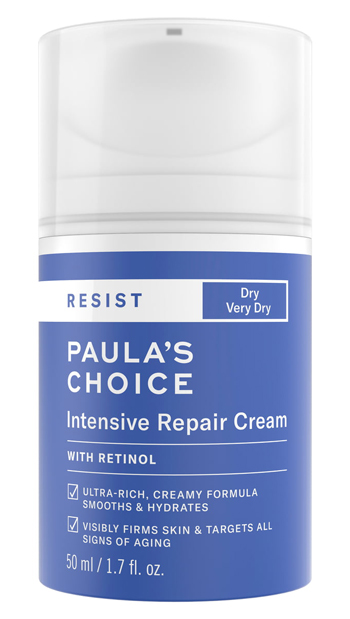
luna sleeping night oil
Luna sleeping night oil is one of Space NK’s cult products. It is clinically proven to improve the appearance of fine lines, radiance and skin smoothness in as little as four weeks.
retinol night cream
I always prefer to have a separate cream which is lighter in texture for day, and then a more nourishing cream for night. This Murad night cream features retinol and red algae extract to improve skin’s firmness and elasticity.
This is the retinol night cream I have been using: Skinceuticals retinol 1.0
I’m a fin of Skinceuticals products and this one retinol cream has been very effective. I use it in combination with Skinceuticals flagship product CE Ferulic.
best retinol eye cream
An eye cream is vital because a regular face cream will be too heavy for your delicate eye area. Kiehl’s Youth Dose Eye Treatment promises to reduce the look of lines, puffiness and dark circles in as little as two weeks.
best retinol serum
The benefit of using a serum is that serums tend to contain a higher concentration of active ingredients because they don’t contain the heavier ingredients of a face cream. It’s best to use a face serum first and then a regular moisturizer.
Retinol to mix with your own moisturizer
If you already have a moisturizer you love, but you want to see if retinol could make your skin look even better, then this option from Clinique could be a good one to try.
Fresh pressed clinical daily + overnight boosters
retinol body lotion
Of course, retinol doesn’t just have to be for your face, although that does tend to be what we worry about most when it comes to ageing.
There are also some great options out there for your body which feature retinol.
Retinol skin smoothing body treatment
Recommended budget retinol skin care products
Tree of Life retinol serum
Tree of Life retinol serum is Amazon’s “choice”. Plus, it very affordable so it may well be worth giving it a go.
Skincare miracle retinol moisturizer
This cream features Vitamin E and green tea. It says it can reduce the appearance of wrinkles, acne, and that it brightens your skin tone.
Retinol products recommended by the 40+ Community.
Maureen is using Squalane. She says: “I use the ‘ordinary’ retinol in Squalane. Feels lovely applying it.”
Colleen uses Drunk Elephant retinol. She says: “I use Drunk Elephant at night with a good moisturizer, AHA and Vitamin C products in the AM.”
Brenda says: “I have retinol in my Mary Kay night cream.”
More retinol skin care products you might like to try
Budget options
Neutrogena Rapid Wrinkle Repair Serum, $20.99
Neutrogena Healthy Skin Anti-Wrinkle Night Cream, $14.49
Mid-priced options
Philosophy Help Me Retinol Night Treatment, $44.10
SkinCeuticals Retinol 0.5, $57
Premium options
StriVectin-AR Advanced Retinol Day Treatment SPF 30, $99
Using retinol with AHAs
Of course, retinol doesn’t have to be all that you use to counter the signs of ageing and sun damage.
Here is a rundown on what AHAs and BHAs are, where they fit into your retinol regime, and when to use them.
The difference between retinol and AHAs
Now that I’ve looked at retinol and the advantages for your skin, I’m going to turn the attention to AHAs.
What exactly is the difference between retinol and AHAs?
Which one is best suited to you? Or, is it best to use both?
Retinol comes from Vitamin A and was originally used to treat acne, but when patients started reporting it also improved the appearance of fine lines and skin tone, it started to be used as a skin cream too. It promotes cell turnover and boosts collagen.
AHAs on the other hand are Alpha Hydroxic Acids and can be either natural or synthetic. Many include glycolic acid, which comes from sugar cane, or lactic acid, which is milk related.
They provide a chemical exfoliation, allowing the removal of dead skin cells and revealing smoother skin.
If you have sensitive skin, begin with a low concentration. As with retinol, make sure you use sunscreen when you are using AHAs.
What exactly are AHAs and BHAs?
AHAs and BHAs are two forms of the active compounds known as Hydroxy Acids which basically act to dissolve the “glue” that holds together your old skin cells and thus forcing them to turn over more rapidly.
They are highly effective at brightening the skin, improving acne, reducing discoloration, and reducing the look of fine lines and wrinkles.
AHAs and BHAs are both forms of chemical exfoliation (as opposed to scrubbing, which is manual exfoliation). Using AHAs and BHAs clears the way for your other anti-ageing creams to be more effective, because they slough away the old skin cells.
AHAs, or alpha hydroxy acids, are derived from plant, milk, and fruit sugars. You may sometimes see them called one of the following: glycolic, lactic, citric, or mandelic acids. They operate at the top skin cell level.
BHAs, or beta hydroxy acids, are man-made acids. They may also be called any one of the following: salicylic acid, benzoic acid or buteric acid. They operate at below skin level and can penetrate grease and oil.
Poly-hydroxy acids (less common) combine some man-made and some naturally-derived AHAs and BHAs in one product, so you get a host of treatment benefits at once.
Which do I need – an AHA or a BHA?
Use AHAs if:
- You have dry skin (AHAs are humectants – they attract moisture to the skin)
- Your main concern is sun damaged skin, sun spots, fine lines, or general dullness of tone
- You don’t have particularly sensitive skin, or rosacea
Use BHAs if:
- You have oily, acne-prone skin
- You need to get gunk out of your pores
- You have sensitive skin or rosacea
Of course, you can always combine AHAs and BHAs (or opt for a poly-hydroxy acid) if you have a combination of skincare needs to address – just be sure to introduce one at a time and to vary the doses to see how much your skin can take.
Since both AHAs and BHAs expose new skin cells, remember to wear sunscreen when using them!
Where do they fit in my skincare regime?
Acid toning should be done directly after cleansing your face thoroughly.
AHAs and BHAs usually come in the form of a liquid, or pads that are already infused with the liquid, so swipe it gently over all areas of your face and neck.
Follow up with a spritz of moisturizing facial toner to get the PH level of your skin back to normal levels, and then your face treatment if using one (such as a Retinol), a serum, and finally finish by applying a day or night cream (or oil).
You can also buy AHAs and BHAs in the form of moisturizing creams and serums, providing a sort of two-in-one benefit (exfoliation and treatment/moisturizing), and these can be used in the place of your regular serum, or day or night cream.
Gentle forms of acid toners can be used twice a day, but stronger forms should be used twice or three times a week at max (check the bottle to be sure).
Well reviewed AHA products to try
Budget AHA mask
The Ordinary peeling solution
Designed to be used no more than twice a week, this peeling solution from The Ordinary is relatively strong, so I would start to use it gradually, maybe only using it once per week and not leaving on for the full 10 minutes to start with.
Paula’s Choice skin perfecting 8% AHA lotion
If you don’t want to go for a product with a high AHA percentage, Paula’s Choice could be a good way to get started.
Top performers
AHAs for Daily Use
Dennis Gross MD Alpha Beta Pads
BHAs for Daily Use
Paula’s Choice Skin Perfecting 2% BHA Liquid Exfoliant
Stridex Daily Care Acne Pads with Salicylic Acid, Maximum Strength
Poly-hydroxy acids (combination of AHAs and BHAs)
Biologique Recherche Lotion P50v is only available in the U.S. by direct order from Rescue Spa, Vicki Morav, and Toska Spa.
What should I use? A retinol cream or cream with AHAs?
Although they are similar, they also have separate benefits.
Both promote rapid skin cell turnover and revealing new skin beneath. An aha acts more like a chemical peel, while a retinol encourages your skin to create new cells and boosts collagen production
Opinions vary whether you need both but if you want to try and use both, dermatologists generally recommend starting gradually when using either as, while they do complement each other, they can lead to irritation, particularly if you have sensitive skin.
Start with one and after a few weeks, add the other one to your skincare regime.
I would choose a retinol cream you can use daily and complement this with an AHA that you either use daily, but at the opposite end of the day, or as a weekly exfoliant.
A good way to use both is to use Retinol one night, then a AHA product the next night.
I’m combining my retinol cream with a vitamin C product
For my skin I feel that the retinol already provides enough regeneration. Instead I have opted to add a vitamin C product in the morning: CE Ferulic.
Ferulic acid provides protection from UV rays and prevents damage to the skin and premature aging. It also helps to build collagen and replenish lipids to keep your skin firm, smooth and youthful-looking.
If you want to know more check out my review of CE Ferulic.
Are you using Retinol? Has it been effective for your skin? What are the best retinol creams you’ve used?
Like this article on what is retinol and the best retinol creams? Share it on Pinterest
Feature image by Patti Gibbons

Sylvia is 40+style’s editor-in-chief and has been helping women find their unique style since 2011. An alumni of the School of Color and Design, she is devoted to empowering women of any age to look and feel their best. Read more about Sylvia and 40+style on this page.
Want to get more articles from 40+style in your inbox, subscribe here.
You can also connect with 40+style on Facebook, Instagram or Pinterest.
Support 40+style by using the links in our articles to shop. As an associate for Amazon and many other brands, we receive a small commission (at no cost to you) on qualifying purchases which enables us to keep creating amazing free content for you. Thanks!

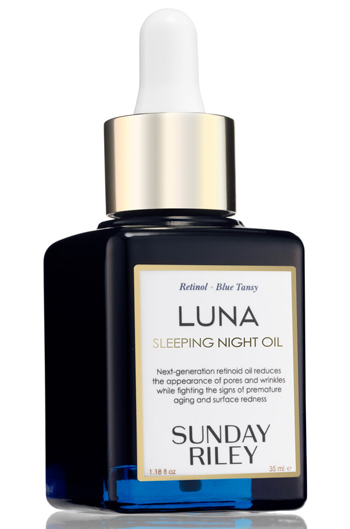
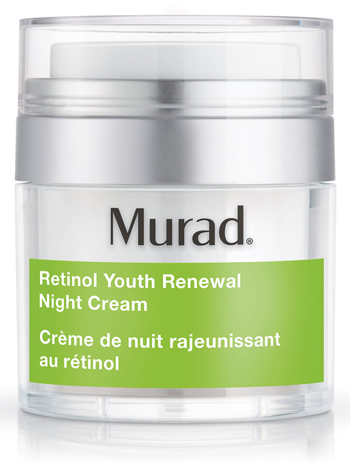
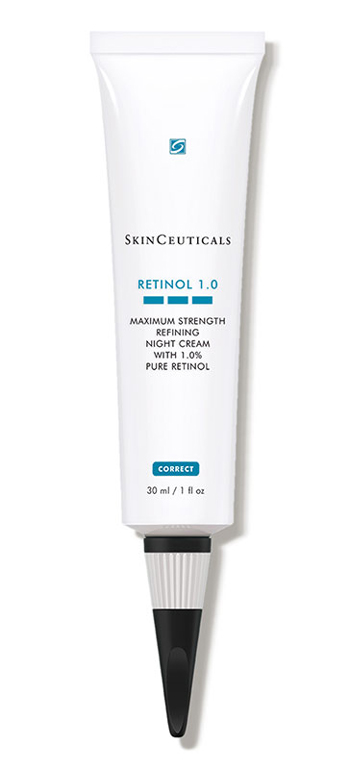

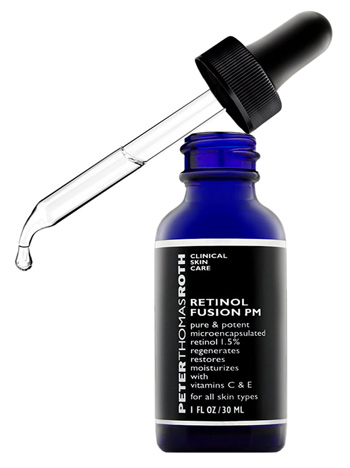
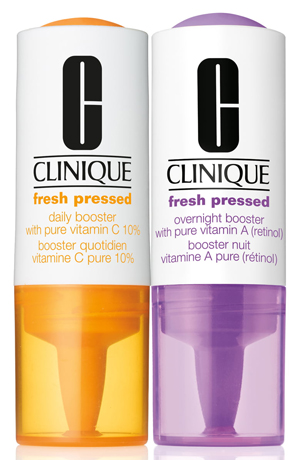
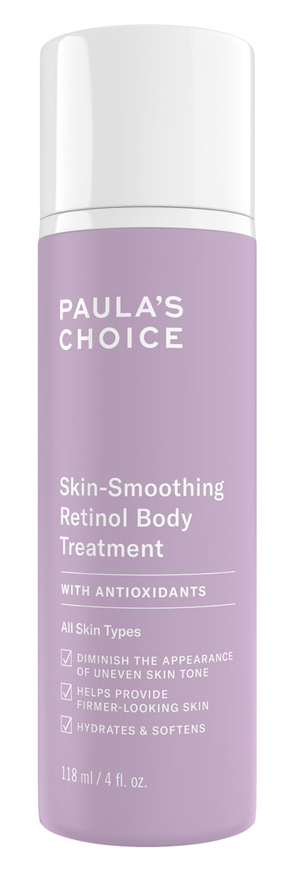


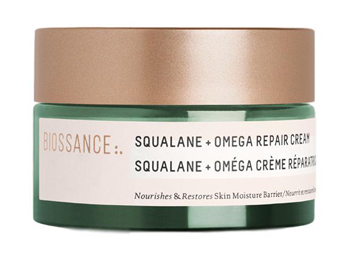
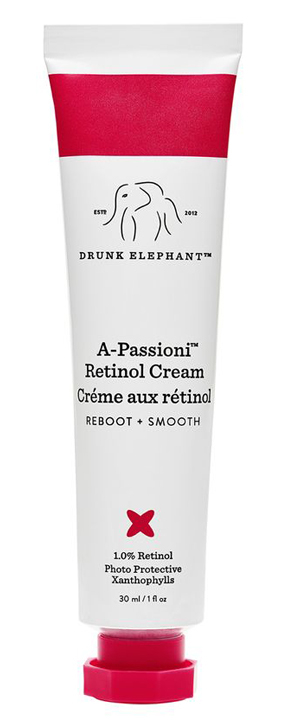
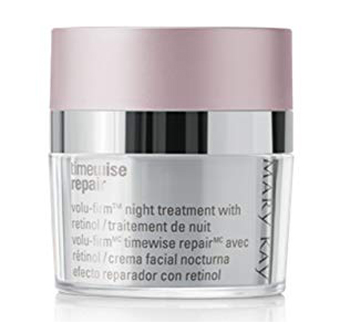
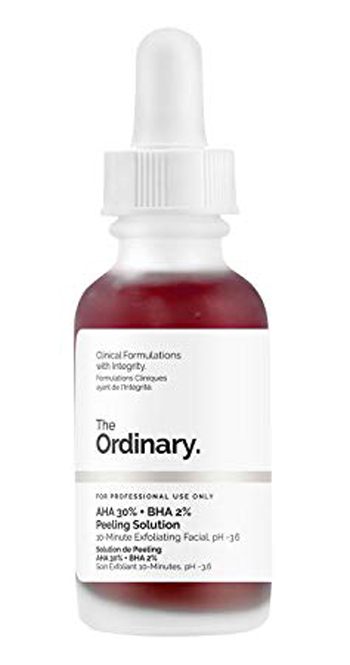
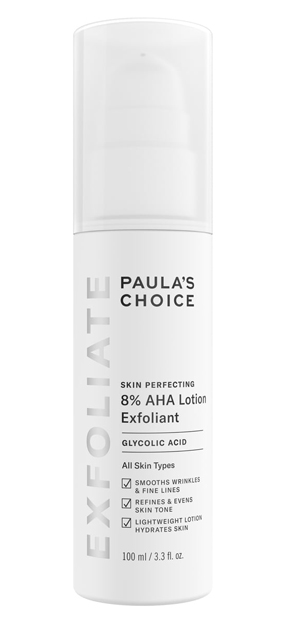

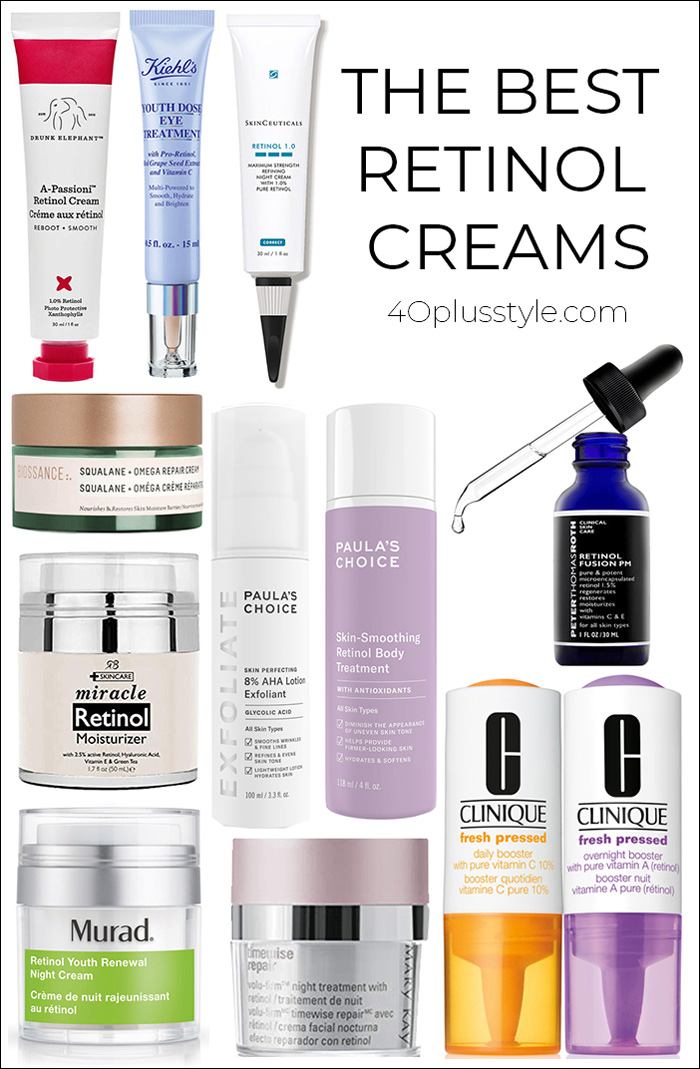
Thanks for this thorough, well-explained article. I have long been troubled with my complexion, and thanks to your link, I’m going to try Tree of Life serum.
I’m the unfortunate person that cannot use Retinol. My face gets a rare rash when I use it. After purchasing a prescription for the product, I used a small amount for a couple of weeks, broke out in a raised pin-dot rash and it took two months to get my skin back to normal. I have found that using Argon Oil does wonders for my skin, and I use target products for undereye circles (L’Occitane), and Peter Thomas Roth unwrinkle lips for the few lip lines that were starting.
I’m 42 and have been using a Retin A my dermatologist prescribed. I’m wondering, do you have to continue to use it to keep the results? Will my skin revert if I were to quit using it? Or do I need to prepare to make this a part of my routine for the long haul? Thanks for the article!
I would say you need to make it part of your routine as most people I know that see great benefits use it on an ongoing basis.
I still have VERY oily skin & occasional breakouts at age 60 – it’s slowed down but not stopped, but I have now developed wrinkles above my lip and from the corners of my mouth down to my chin – marionette lines, I think they’re called?. I tried using SkinCeuticals 0.5 & then 1.0 for the better part of a year last year, but it kept making my skin VERY oily & break out a LOT, so I finally gave up. Any ideas? Every cream I try for my wrinkles just makes the rest of my face oilier and break out.
I hope that others can give more feedback on this. I have the opposite issue which is a very dry skin and I find that the retinol makes it even dryer. So I have to supplement with oils or night cream.
Dear Terri, yes I do find the Retrieve/Retin-A cream base can be heavy. To tell the truth I still use Differin 0.1% gel on my t-zone, and the Retrieve everywhere else as that seems okay for me. The Differin is a light gel and the active ingredient is called adapalene. It does come in another presentation I think, but have always used this one. The thing about using Differin where I am still oily, is I can also use a benzoyl peroxide product to kill any back bacteria, and I think the 2 products work together well and reduce oiliness. You could experiment and see what works. Definitely I like the Retrieve for the liplines and around my eyes etc. I have found loads of great skin care information from Paula’s Choice. There are other products I haven’t tried that might be more suitable too, depending on your own skin. A good doctor who is into skin should be able to assist. Ps I just checked and the Retrieve cream is 0.05% Tretinoin.
Yes, I need to still use Bezoyl Perozide on my forehead, chin & inner cheeks before I apply makeup, or it slides right off. I tried switching to salicyclic acid, but it didn’t work very well. I have no wrinkles to speak of around my eyes, probably because I have worn eyeglasses every waking moment since age 9 and prescription sunglasses when outside. I will look into Differin, thanks.
Hi Sylvia and other readers. I started Differin in my early 20s for acne, and now, in my mid 40s, use an Australian prescription Tretinoin cream called Retrieve, which I think is the same as Retin-A. Because of the Differin use, I also have used sunscreens for around 20 years daily, but wish I’d known to use them earlier, living in a very sunny place as I do. I have mostly unlined, fine, skin with no brown spots. I do use the Retrieve nightly, all over my face though only discovered using it around my mouth more recently, as I’d always thought I had to avoid that area. Of course I wouldn’t put it on or too near my lips, but wow! What an improvement it has made to some upper lip lines that were forming. I also put on a little bit of Paula’s Choice skin oil over the top of the cream in that area, but another moisturiser would be fine I’m sure, as otherwise skin can get flaky there. To get rid of morning dry/flaky bits, which can occur with Tretinoin use, I recommend a gentle washer used with cleanser.
Thanks for your tips and feedback Justine. It’s great to read about the regimens of others and what works for them.
I have used retinol for over 35 years. When I first started using it you had to keep it in the refrigerator. I am now 68 years old and I use it faithfully every nite. My skin care routine is simple. I wash my face in the am with BASIS soap,use an anti aging serum and then a moisturizing lotion with an spf of 30. At nite BASIS soap again and retinol A. Make up is simple…a face primer and a tinted moisturizer. For special occasions eye make up, shadow,mascara and blush. ALWAYS ALWAYS lip conditioner and lipstick. At my age less is better in both skin care and make up !
This sounds like a great routine Suzanne!
I have used the skinceuticals retinol for about 2 years now and it has made a huge difference to my skin.
Great to see it’s working for you. Yes I can see a difference too!
I lived in FL in my 20’s. Every commercial I saw was plastic surgery. I did need surgery. My chin looked like a witch – I mean it was no symetrical to my face and the fat in my chin made it stand out further than my nose! My genes… let’s just say I was born and raised in WV and had horrible skin. This in addition to, I looked at my mother and sister and KNEW I was starting the double chin. Hmmm. My mother had about 5 chins then. This is not exaggerated. So.. I had neck and chin lipo. What a difference it made. I also had a Co2 laser (back then the laser was so new – you HAD to have a Nurse come to your house for about 2 weeks to clean your face because it was so painful). Took off about 5 layers of skin. I am so glad I started in my 20’s. Throughout the years, I do get BOtox, Juvederm, and other lasers like Clear and Brilliant and Titian. I am 44 years old and there is not a wrinkle on my face. I do use (at home), my own remedies that DO make a difference. For example, Microcurrent. I use it to lift my eyes and make my jawline look more defined. In my 30’s I used Obagi and Retina. Worked so well.. I now use Retina every night with SkinMedica 1% Retinol. I should tell everyone I have LARGE pores. My pores are not anywhere near what they would look like if I didn’t do the lasers and Retina and Skin Medica. I am still astounded about how far “at home” medical grade products have come since my 20’s. The same procedures I used in my 30’s, I can now buy the laser over the counter. Same with the topical creams. Would like to see an article of all the products that are now over the counter (blue and red lights, Clarisonic, and Microcurrent, etc.). There are other products that have not cleared the FDA for home use that are being sold in the UK now. I am patiently waiting… Great article!
Thanks for your feedback Elizabeth and letting us know what is working for you! Will keep your ideas in mind for future articles.